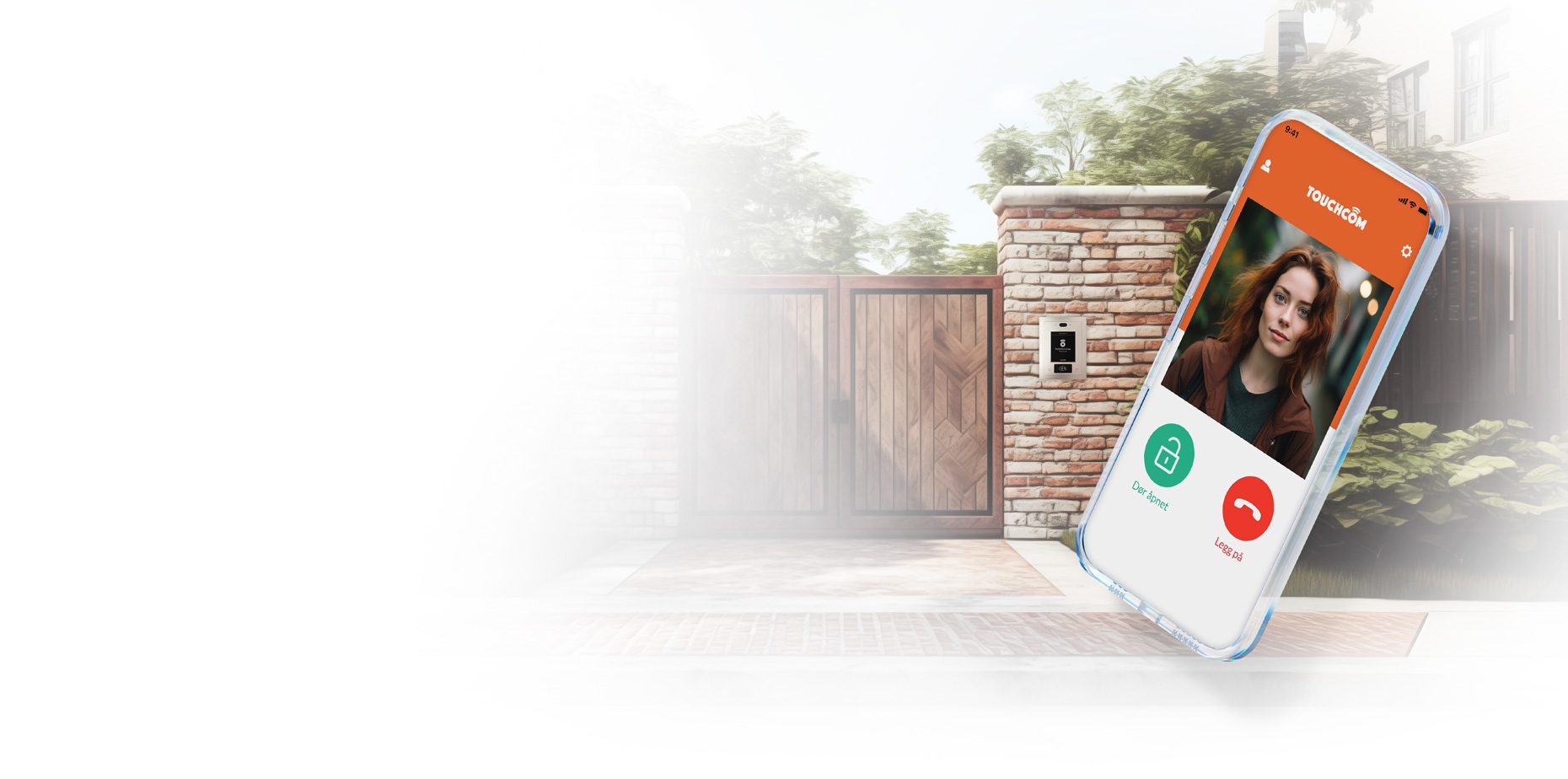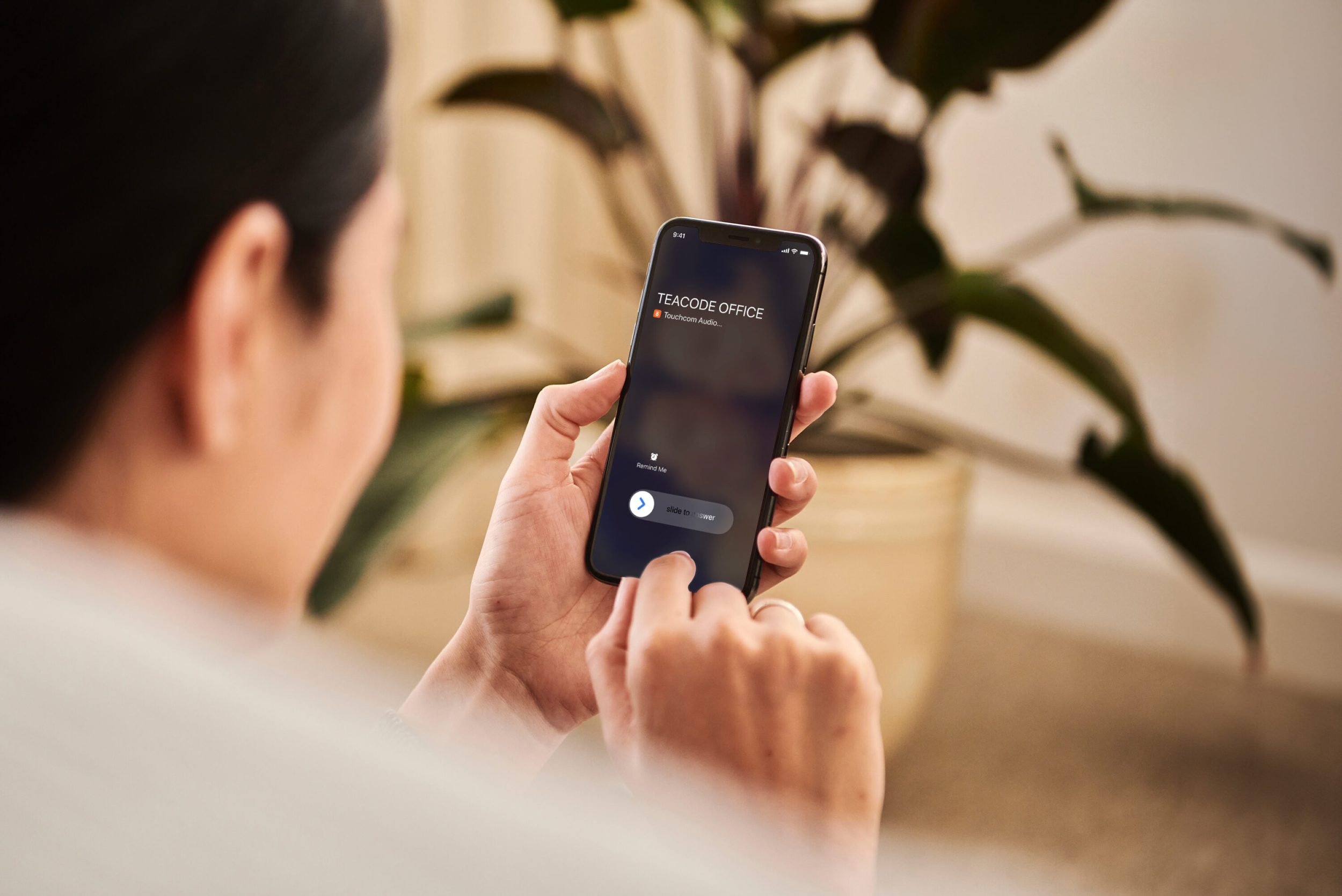Mobile App
Web Application
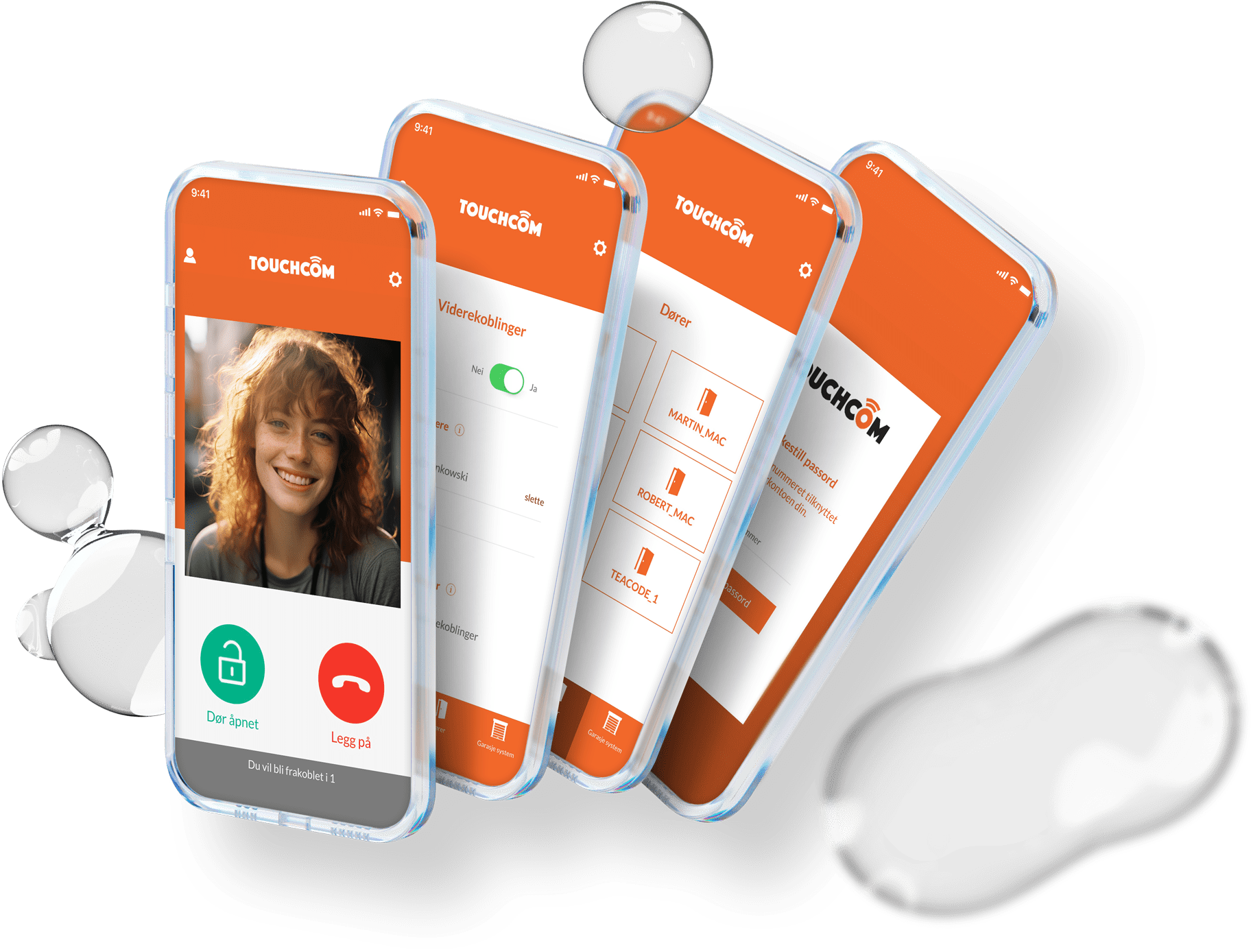



(…) we work really well together.
Pal Gerhardsen
Owner, Web-Based Security Company
The client was a well-established Norway company that wanted to revolutionise the security industry. They needed our support to build their own innovative security system for block communities.
Before the app was built, people had to rely on traditional solutions like plastic cards to open doors. However, these methods lacked the ability to open entrances remotely and didn’t allow them to see who was coming.
Touchcom’s main goal was to make everyday life easier by managing entrances conveniently, even when residents are away at the moment. The system aimed to enable individuals to respond to an intercom call by answering a regular call (with no app installed) or directly through their mobile phones within the Touchcom app. Using the mobile app was meant to streamline the process and allow residents to identify visitors and effortlessly unlock doors.
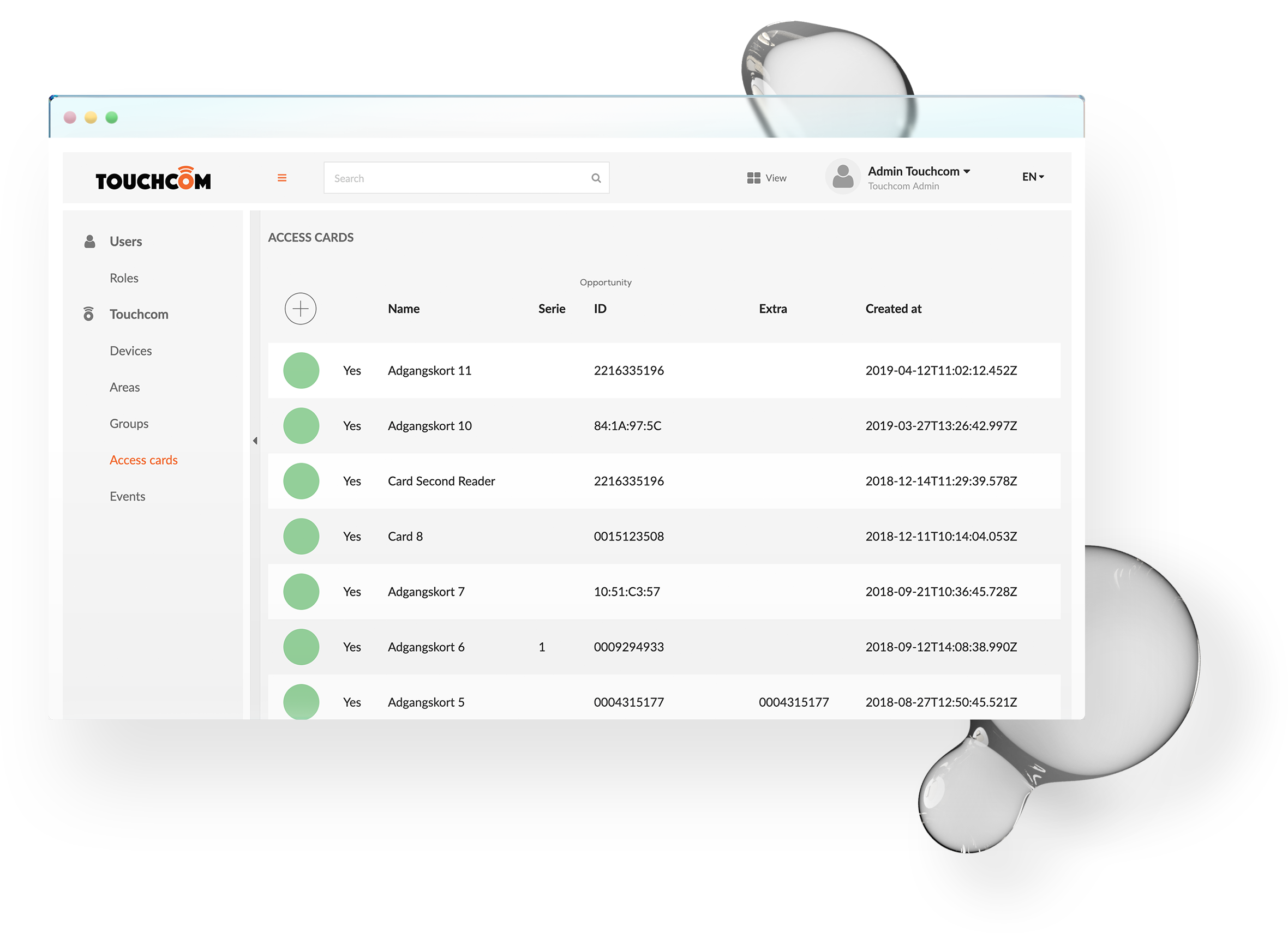
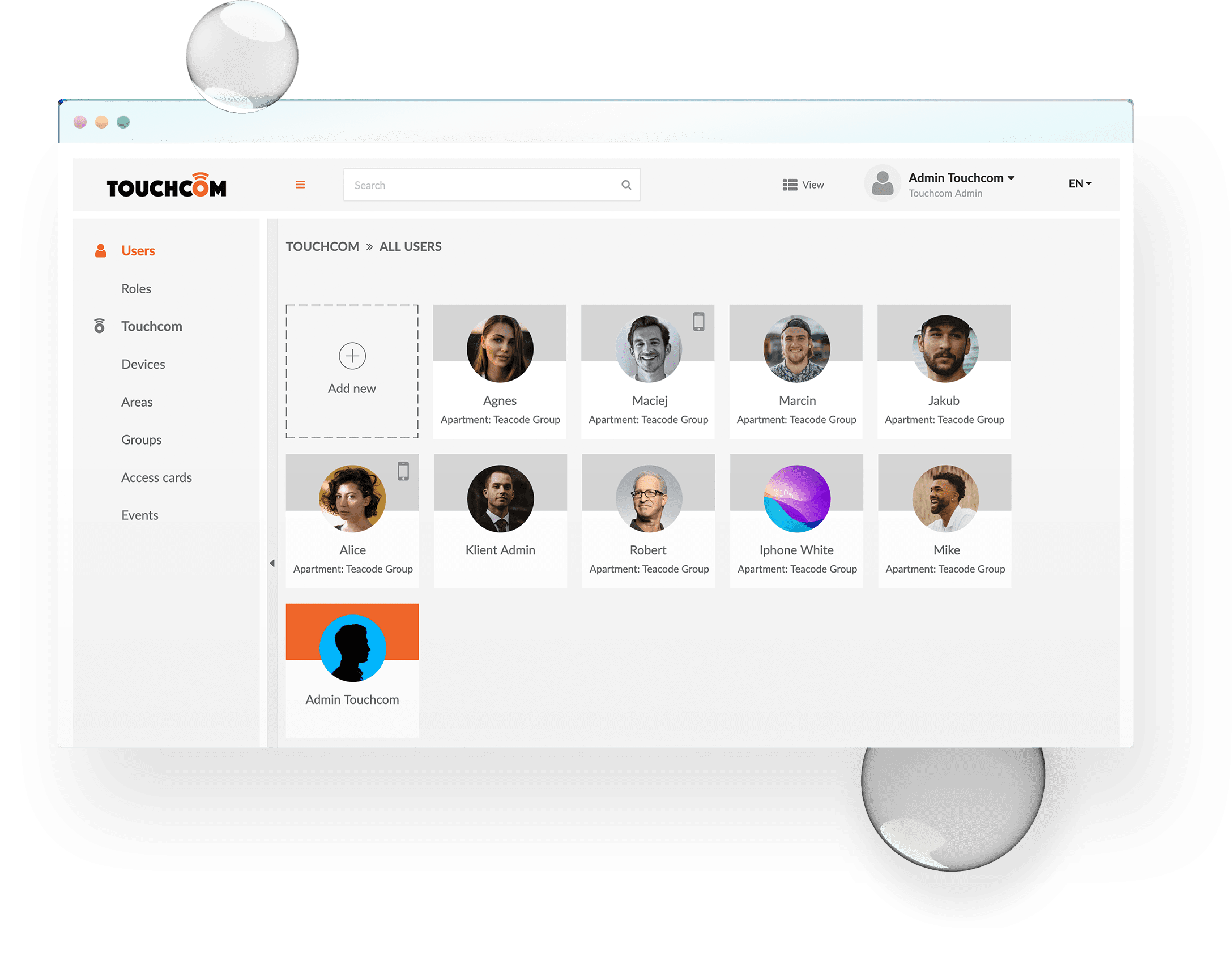
In order to build such a security system, we needed to build three apps. First, Touchcom needed a web app with an admin panel to see people who are currently in the building, monitor entrances and grant access.
Secondly, Touchcom required a mobile application allowing users to open doors remotely using their smartphones. The mobile app was to be designed to enhance the overall user experience, offering added convenience and control over door access.
The third was an intercom app that was meant to handle the entrances. Our task involved creating a solution for particular devices responsible for remote door opening. This included selecting the main hardware components for these devices, integrating them with a Norwegian mobile operator, and managing the calling logic. That was crucial, as
one of the key features of Touchcom was enabling a regular phone call when someone used an intercom.
Touchcom decided to work with us based on another company’s recommendation.
In order to build such a security system, we needed to build three apps. First, Touchcom needed a web app with an admin panel to see people who are currently in the building, monitor entrances and grant access.
Secondly, Touchcom required a mobile application allowing users to open doors remotely using their smartphones. The mobile app was to be designed to enhance the overall user experience, offering added convenience and control over door access.
The third was an intercom app that was meant to handle the entrances. Our task involved creating a solution for particular devices responsible for remote door opening. This included selecting the main hardware components for these devices, integrating them with a Norwegian mobile operator, and managing the calling logic. That was crucial, as
one of the key features of Touchcom was enabling a regular phone call when someone used an intercom.
Touchcom decided to work with us based on another company’s recommendation.

The main goal was to make the IoT solution fully integrated into the existing security systems for all buildings and properties. In a few months, we have built a stable, secure and easy-to-manage system for residents, installers and property administrators that allows them to enter buildings either via an access card, video or traditional call.
Touchcom consists of a web application complete with an admin panel, enabling real-time tracking of individuals within the premises, monitoring entrances (including historical data and routes), and offering grant control. Administrators are able to add new users or residents, assigning cards to them and adding additional staff (like cleaning or delivery companies). As the latter might be allowed to enter a building on particular days or hours only, the admin panel allows defining that.
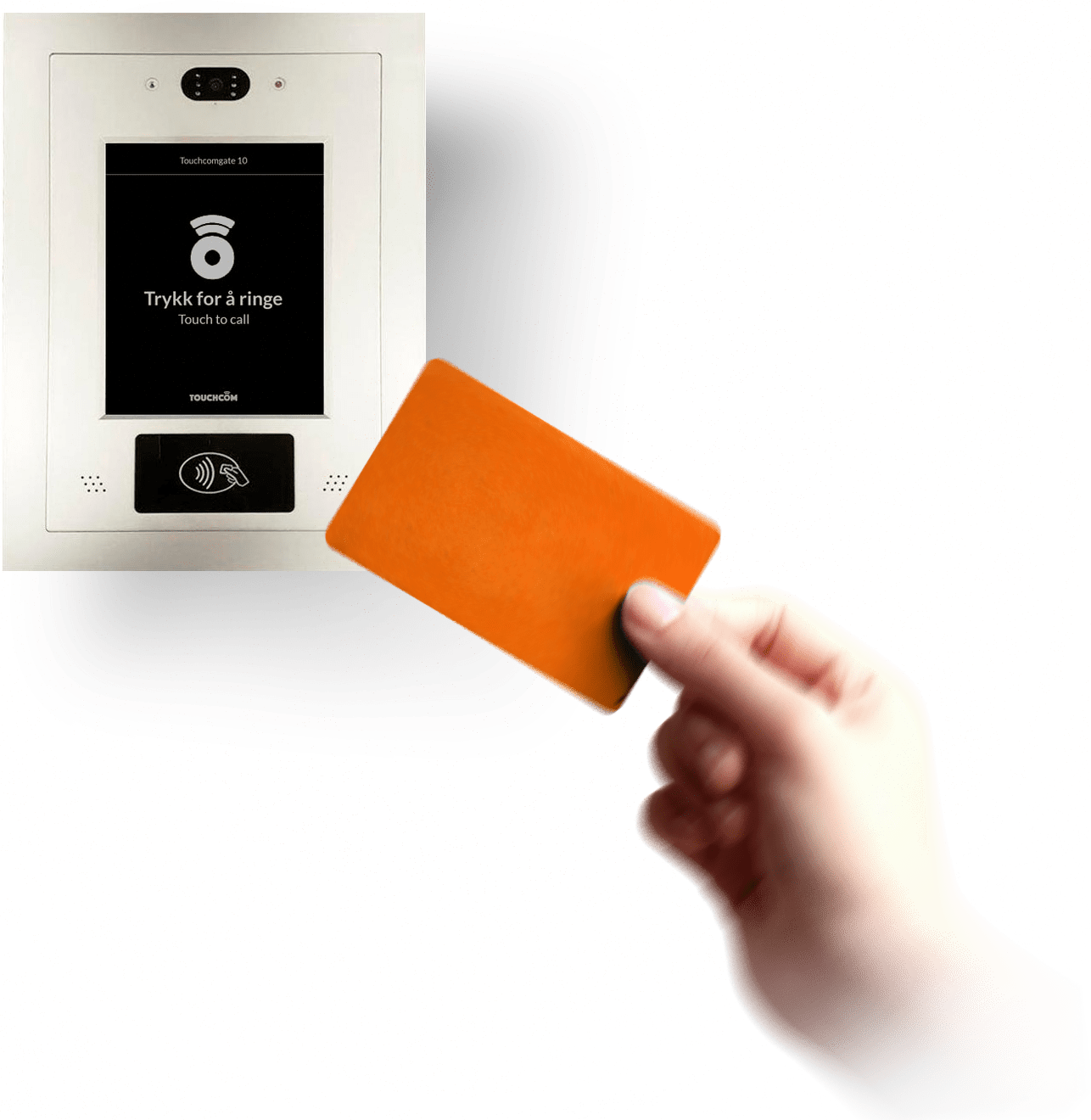
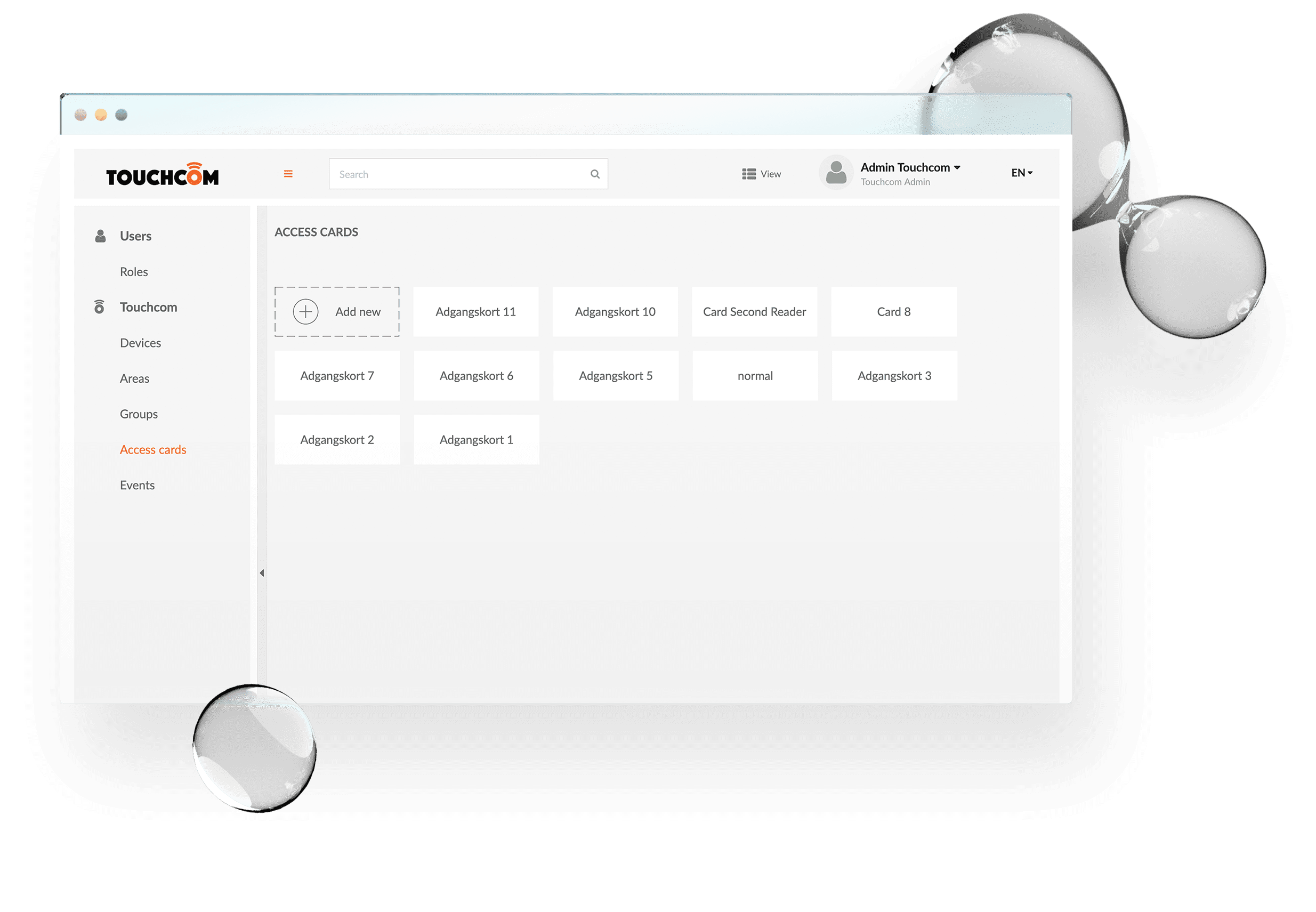
The mobile application, available for both iOS and Android devices, was designed to enhance the user experience. Once logged in, users can answer video calls from intercoms (showing visitors who are calling) and remotely open doors using their smartphones. Additionally, the app offers configuration settings, enabling users to grant permissions for couriers to be let in by a neighbour or friend, particularly useful during the user’s vacation.
We also built a monitoring system that allows the client to remotely check whether each device works properly. It also allows us to respond to any issues immediately before any user notices them. Touchcom system reacts to problems in real time and sends a notification when any issue appears (as the goal was to detect and handle problems before any end-user notices them). In case of problems with intercom management, we are able to diagnose issues immediately (even if the app is broken) and remotely resolve them.
We also built a monitoring system that allows the client to remotely check whether each device works properly. It also allows us to respond to any issues immediately before any user notices them. Touchcom system reacts to problems in real time and sends a notification when any issue appears (as the goal was to detect and handle problems before any end-user notices them). In case of problems with intercom management, we are able to diagnose issues immediately (even if the app is broken) and remotely resolve them.
When the user’s mobile app doesn’t work (e.g. because the entire system loses connection to the network or users simply don’t answer the app call) or is not installed on their phone, the system switched to provide a casual call.
Touchom was unique as it was cloud-based and accessible via any web browser on every device (desktop or mobile). As access control systems of that time required people to be connected to a local network, Touchcom required a regular internet connection with any network. However, the solution is made to work offline and transfer data to the server when they are connected again. When offline, video calling nor regular calling is not available. However, magnetic cards work as usual.
The system is reliable and installed at over 30 building sites with over 30,000 users. It was installed even in places like the Argentina embassy and women’s crisis help center.

When the user’s mobile app doesn’t work (e.g. because the entire system loses connection to the network or users simply don’t answer the app call) or is not installed on their phone, the system switched to provide a casual call.
Touchom was unique as it was cloud-based and accessible via any web browser on every device (desktop or mobile). As access control systems of that time required people to be connected to a local network, Touchcom required a regular internet connection with any network. However, the solution is made to work offline and transfer data to the server when they are connected again. When offline, video calling nor regular calling is not available. However, magnetic cards work as usual.
The system is reliable and installed at over 30 building sites with over 30,000 users. It was installed even in places like the Argentina embassy and women’s crisis help center.

At the very beginning of our cooperation, we needed to provide the client with a Proof of Concept to verify whether the solution to manage entrances remotely would work on particular, inefficient devices. After we succeeded, we started building the rest of the system.
During the cooperation, we had a consultative role and hand in hand with Touchcom, we defined what was worth implementing and how to reach the best value within a budget.
The initial version of the app was built based on material UI to develop it fast, but the subsequent version of it was designed by our client’s designer. After we built a stable version of the system, we started to improve the app and add new features.
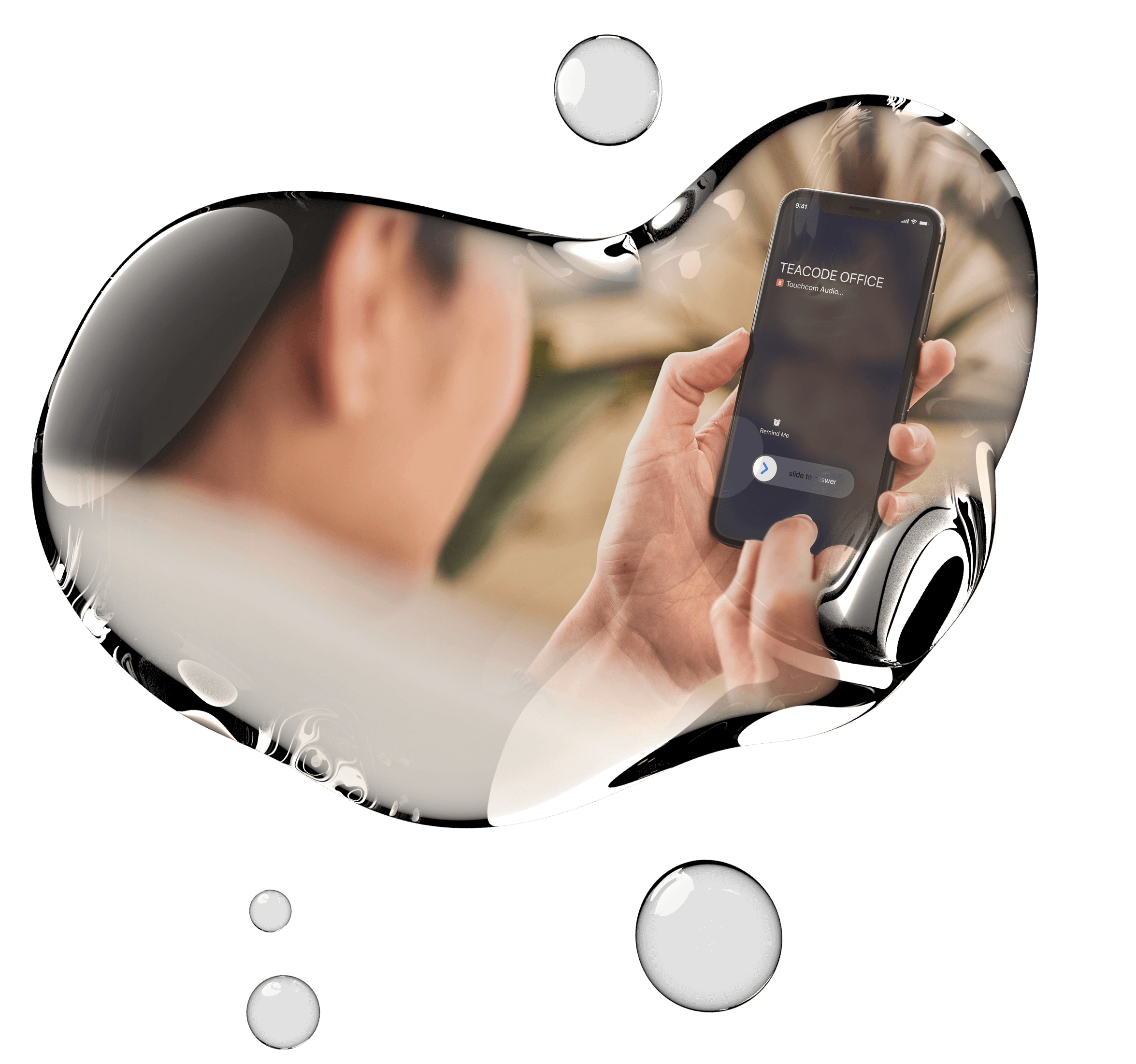

One of the main features was that a regular phone call was made when someone used an intercom. That’s why we developed a Node.js backend to handle the calling logic. We also created an integration using the SIP protocol with a Norwegian mobile operator. Additionally, we facilitated door opening by pressing specific numbers (DTMF tones) during the call.
To implement video calls in the mobile app and to allow the calls to go through even if the phone is locked and the app is not running, we’ve used VOIP push notifications.
The Touchcom system has a complicated architecture and was maintained on our servers with use of kubernetes and rancher.
Optimisation was crucial as we were to provide a reliable video calling solution for intercoms. Those were devices with limited computing power (Asus Tinker Board Single Board Computer (SBC) running Linux). To find the middle ground between cost, development time and efficiency, we’ve chosen to develop an app for them in Electron and Node.js.
As the system had to work as planned, Touchcom needed to react to any issues immediately. To meet this requirement, we’ve built another Node.js application with react frontend as a monitoring service. Since there are physical devices in end-customer buildings, we implemented our own self-hosted VPN network to which all devices were automatically connected at startup. Thanks to this, if something happens to the intercom, we can repair it remotely.
Another case was to address a non-stable Wi-Fi & mobile internet connection, so we designed the app to work offline and transfer data to the server when they would be connected again. When offline, video calling nor regular calling was not available, but RFID cards worked as usual.
